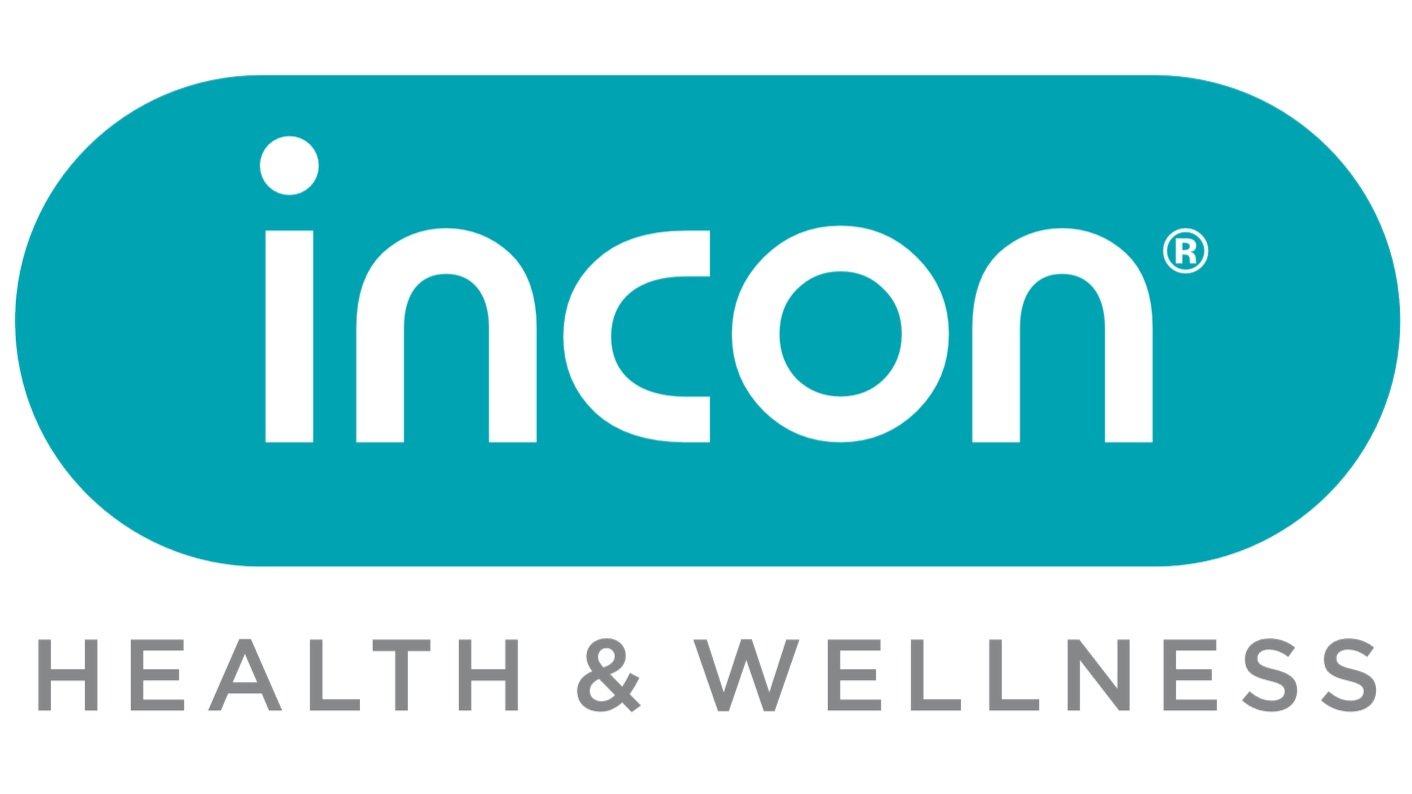Reducing Absenteeism
In today’s competitive business landscape, maintaining a healthy workforce is essential for organisational success. Prioritising occupational health not only ensures employee well-being but also significantly reduces absenteeism, resulting in a more productive and stable workforce.
Understanding Occupational Health
Occupational health involves all aspects of health and safety in the workplace, focusing on preventing work-related injuries and illnesses and promoting overall well-being. Key components include:
Health Assessments: Regular health checks to detect and prevent illnesses.
Ergonomics: Designing workspaces to reduce physical strain.
Mental Health Support: Resources for managing stress and mental health issues.
Safety Training: Educating employees on health and safety best practices.
Reducing Absenteeism
Absenteeism can disrupt workflow and increase costs. Focusing on occupational health helps mitigate these issues by:
Preventing Illness and Injury:
Health Measures: Early detection through health screenings and wellness programs.
Safe Environment: Ergonomic workspaces to prevent injuries.
Promoting Mental Well-being:
Stress Management: Providing resources and workshops to manage stress.
Support Systems: Access to counselling and mental health support.
Encouraging Healthy Lifestyles:
Wellness Programs: Fitness programs and healthy eating options.
Flexible Work: Options for flexible hours and remote work to balance work and personal life.
Prioritising occupational health leads to increased productivity and cost savings by preventing illnesses and injuries.
Investing in occupational health is a strategic move that benefits both employees and employers. By fostering a healthy work environment, companies can reduce absenteeism, leading to a more productive and engaged workforce. Prioritising occupational health creates a thriving and resilient workplace, essential for organisational success.

